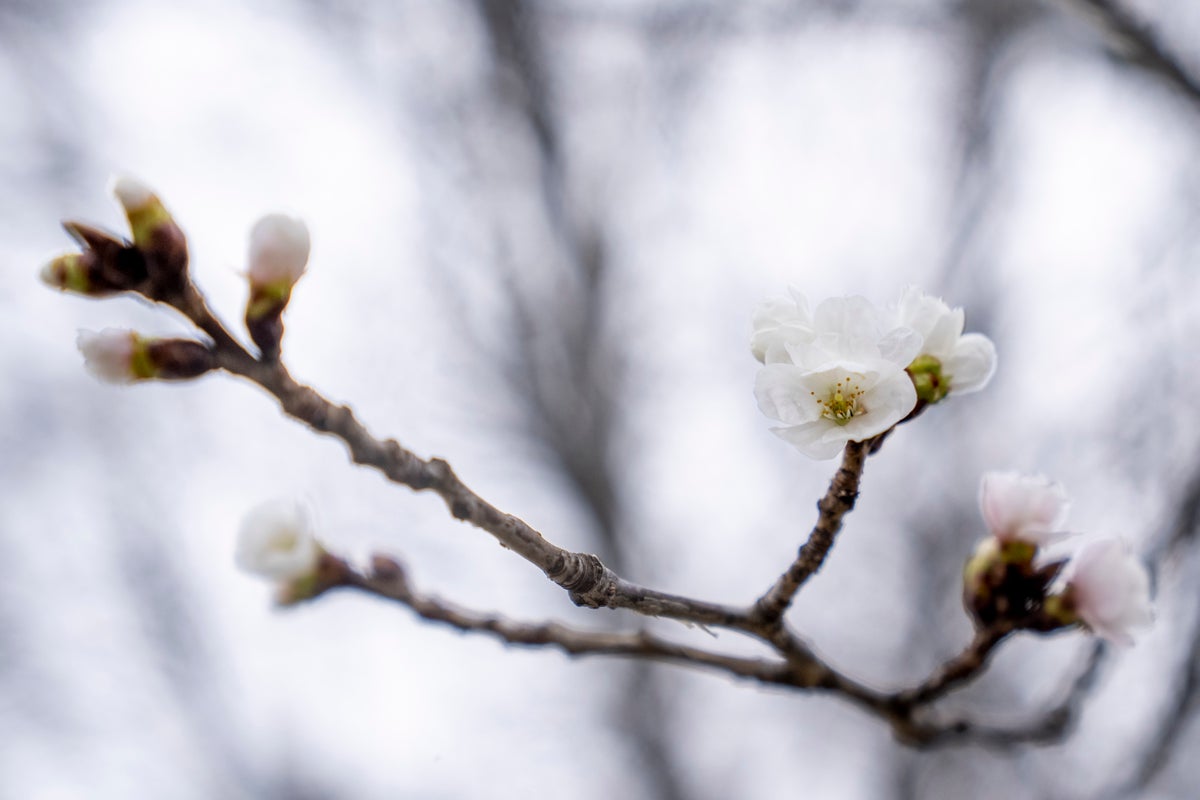
EDITORS/NEWS DIRECTORS:
Erratic winter temperatures due to climate change have resulted in an earlier than expected peak-bloom season for Washington D.C.’s 3,700 cherry blossom trees.
Organizers announced that the peak bloom this year will come between March 22-25. That’s not unprecedented, but it’s several days earlier than experts had predicted, forcing Cherry Blossom Festival organizers to move up their planned events by a week.
The early bloom is attributed not to warmer weather but to erratic weather, with large temperature fluctuations that have essentially sent confusing signals to the trees. The phenomenon isn’t a problem by itself, according to National Park Service officials, but the early bloom does leave the cherry blossom flowers vulnerable to damage if there’s a sudden cold snap.
Similar up-and-down temperatures elsewhere in the country would produce the same early bloom — not only in cherry blossoms but other species of flowering trees.
___
READ AP'S STORY
DC’s cherry blossoms coming early due to confusing weather
___
QUESTIONS/REPORTING TIPS
Similar phenomena may be happening with flowering trees around the country, such as peaches, apricots and pears. The early bloom season isn’t necessarily a problem for flowers like cherry blossoms, but it CAN negatively impact a fruit harvest.
Any local university that has an agriculture department most likely has a horticulture expert that can explain the situation with the local flora.
The driving force here isn’t just warmer weather, it’s FLUCTUATING weather. For example, in D.C. last month, the temperature hit 81 degrees and then snowed two days later. That’s the kind of dynamic that send confusing signals to the trees about what season it is.
___
RESOURCES
The Cherry Blossom Festival and the National Park Service are both good places to start.
https://nationalcherryblossomfestival.org/
The NPS has put together an explainer video on how climate change is impacting cherry blossoms.
https://cherryblossomwatch.com/climate-change-nps/
And any agricultural industry group that represents growers of fruits like pears, cherries, apricots or peaches could speak to the overall impact on the harvest.







